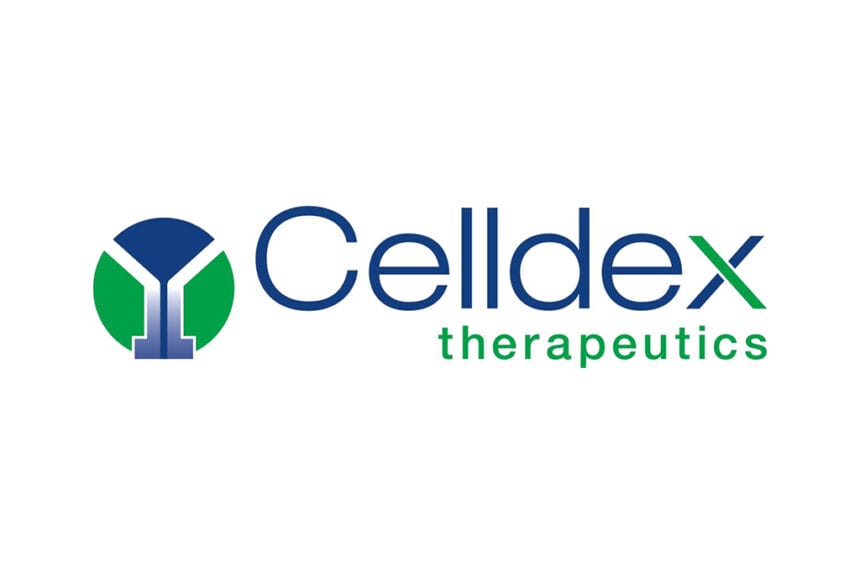Among the main indications for its lead clinical asset barzolvolimab, Celldex Therapeutics has been pursuing chronic spontaneous urticaria (CSU), along with prurigo nodularis (PN).
This week the biotech company toplined positive trial data in both cohorts.
In its Phase 2 CSU study, barzolvolimab met the primary endpoint, with clinically meaningful and statistically significant decreases in urticaria disease activity across multiple dose groups.
Meanwhile, in its Phase 1b PN study, the anti-KIT antibody put up “encouraging efficacy signals” that were rapid and durable with single doses, Celldex added.
“Based on the strength of [the CSU] results, which included patients refractory to omalizumab, we are excited to continue the development of this program and move towards registrational trials,” stated Celldex CEO Anthony Marucci.
Indeed, the effect in the 208-person CSU trial was all the more impressive given that about 20% of patients had received prior treatment with Genentech/Novartis’ Xolair (omalizumab). Activity was similar between Xolair-naïve and experienced patients within their individual dose groups, Celldex noted.
CSU is characterized by the occurrence of hives or swollen marks for six weeks or longer without identifiable specific triggers or causes. Treatment options for patients with CSU are limited and there are no approved therapies for patients who do not respond to omalizumab.
Treatment with barzolvolimab led to profound improvement in subjects’ UAS7 (urticaria activity score) in patients with moderate-to-severe CSU at week 12. Absolute complete response (CR) rates ranged from 37.5% to 51.1% in the monthly dosing cohort.
That exceeded the CR rates associated with Xolair, which has shown absolute CR of 36% to 44%. The asset also bested the CR rates seen with non-approved agents remibrutinib and ligelizumab, both of which are being developed by Novartis.
In fact, analysts said the findings suggest best-in-class efficacy in this difficult-to-treat, second-line population.
The data “reinforced our view that barzo possesses an attractive efficacy profile, particularly among the difficult-to-treat Xolair-experienced patient population (where Dupixent has already failed a Phase 3 study), and with no additional safety signals emerging from the study,” Leerink analyst Thomas Smith wrote in an investor note.
The company expects to present more detailed CSU data in early 2024 at a medical conference, likely the American Academy of Asthma, Allergy and Immunology conference in February. Additionally, plans call for starting a pair of Phase 3, registrational trials in CSU next year.
Regarding PN, barzolvolimab data showed encouraging signals of efficacy that were both rapid and durable with single doses of treatment. PN is a chronic skin disease that causes hard, intensely itchy lumps/nodules to form on the skin.
The itching (pruritus) can be intense, causing people to scratch themselves to the point of bleeding or pain, which can form lesions and perpetuate the disease cycle, Celldex noted. Limited treatment options are available.
Here again, based on the Phase 1b data, barzolvolimab’s efficacy in PN appears to position it well against competing agents, Smith observed. That includes Sanofi and Regeneron’s Dupixent, which is approved for PN, and the anti-IL-31 mAb nemolizumab, which is being developed by Galderma.
On a call with investors Monday, Celldex reiterated plans to advance a Phase 2 PN study utilizing a subcutaneous formulation.
In addition to CSU and PN, barzolvolimab’s is in development for several other mast cell-driven indications, including chronic inducible urticaria (CIndU) and eosinophilic esophagitis (EoE). Smith speculated that the drug’s broad ability to inhibit mast cell (MC) activity and decrease MC numbers is likely to translate into clinical benefit in MC-related diseases beyond those indications.
We “continue to see the broadening pipeline-in-a-product potential for barzo in mast cell driven diseases,” the analyst wrote.







